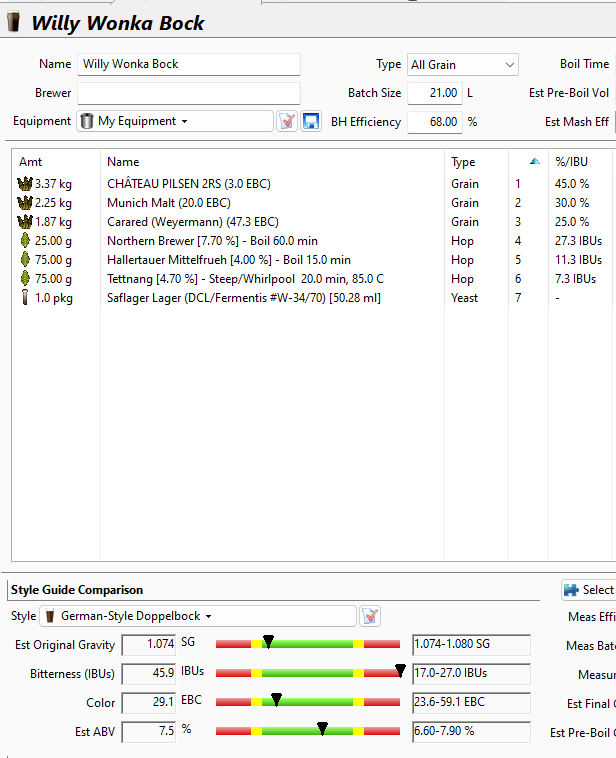If you like a nice amber lager then I would recommend starting there. Don't overthink it or you'll be another year with that lager still in the plans. That style will be more forgiving as you figure out process and get used to the differences in lager brewing. Find a good vienna recipe and/or look up a Brooklyn clone. Keep the caramel malts restrained and you'll be fine. There are a couple solid looking Brooklyn Amber clones out there and, interestingly, it looks like it's dry hopped. Do what you want, though. My first lager was a helles and I turned out just fine...

If you go that way then push the beer into the flavor you want with the ingredients. It will depend on your process, too, but some good German malt, hops, and yeast will do a good job of not making your beer taste like Coors.
In my opinion, I think it's a mistake here to make a comparison of a cold fermented lager with one yeast to a warm fermented lager with another. I don't think you are specifically trying to do that but it looks like it's inherent in your logic here. A yeast like 34/70 warm
OR cold will likely give you a different profile than another yeast that is not suitable for warm ferments just because it's a different yeast. The differences in lager yeast tend to be more subtle than ales but they are there. I wouldn't stress about this too much but since you are giving this some serious thought I figured it is worth mentioning.
When I ferment colder it's typically because I'm using a different yeast that doesn't behave as well at a warmer temp. I'm doing that because I'm looking for a different effect in my beer. Different yeasts might change your lager in a number of ways such as giving you distinct ester flavors, accentuating malt profile, producing more sulfur, adding a more crisp/quenchable profile, etc.
I suggest starting with 34/70 warmer and see how you like it. In my experience 34/70 is not that different over a broad temperature range and it's
very widely used. I ferment it warm because I can. There might be some differences at higher/lower temps but I think they are relatively slight. It's not going to give you a Coors/kolsch/steam if you ferment it around maybe 60F or so. I
think most would agree on that. Then try it cold and see if you notice the difference. Then try some different yeasts and see how they compare and if you like what they do differently for your beer. You can't try them all at once, though, so just get started

I'll focus on your use of the word "needed" and as a result my answer is simply no.
















































![Craft A Brew - Safale BE-256 Yeast - Fermentis - Belgian Ale Dry Yeast - For Belgian & Strong Ales - Ingredients for Home Brewing - Beer Making Supplies - [3 Pack]](https://m.media-amazon.com/images/I/51bcKEwQmWL._SL500_.jpg)










